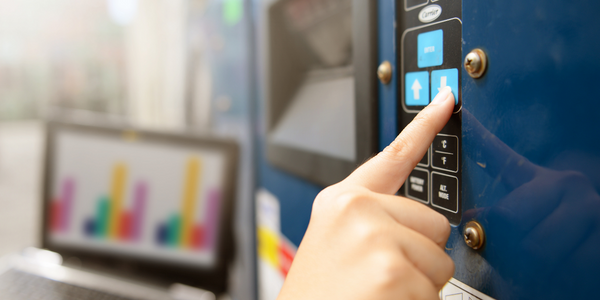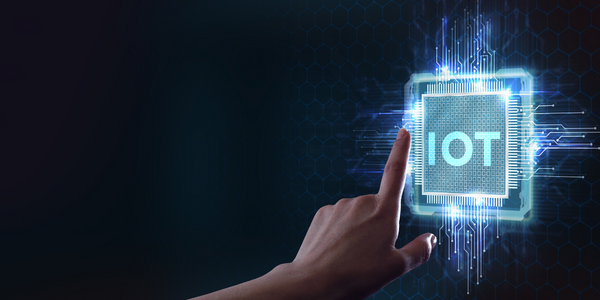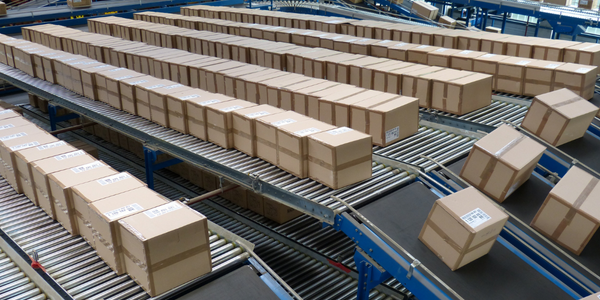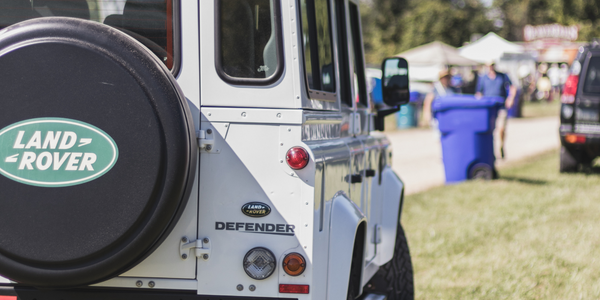公司规模
Large Corporate
地区
- Europe
- America
- Asia
国家
- United States
- Australia
- France
- Italy
- Portugal
- Spain
- United Kingdom
产品
- Gea solution
- JLL DataHub
- CARTO
技术栈
- Big Data
- Data Science
- CARTOframes
实施规模
- Enterprise-wide Deployment
影响指标
- Productivity Improvements
- Brand Awareness
- Customer Satisfaction
技术
- 分析与建模 - 大数据分析
- 分析与建模 - 实时分析
适用功能
- 销售与市场营销
- 商业运营
用例
- 实时定位系统 (RTLS)
- 质量预测分析
- 供应链可见性(SCV)
服务
- 数据科学服务
- 系统集成
关于客户
JLL is a world leader in real estate services, powered by entrepreneurial spirit. They have 93,000 employees globally and are present in more than 80 countries. They buy, build, occupy and invest in a variety of assets including industrial, commercial, retail, residential and hotel real estate. Their clients span industries including banking, energy, healthcare, law, life sciences, manufacturing and technology. They manage 5 billion square feet of property and facilities, with 39,000 leasing transactions globally. JLL is also well-known for their adoption of innovative technology and data analytics, through initiatives like JLL Spark, which provides the nimbleness of a startup backed by JLL's expertise and resources.
挑战
JLL, a global leader in real estate services, was looking to scale their Gea solution in key countries such as the US, Australia, the UK, Italy, and France. The Gea platform brings together thousands of data types on Real Estate assets to ensure accurate valuations and analyses are provided to their clients. Connecting to their Big Data Cloud infrastructure (JLL DataHub) would be fundamental in order to ensure high-quality, automated data pipelines could support frequent updates to the billions of data points that would be available in the solution. However, they faced challenges in localization for different markets, handling big data, and ensuring the final application would be user-friendly for consultants with more commercial profiles.
解决方案
JLL turned to CARTO to support the development of their Gea solution. CARTO provided first-class map-based visualizations and data pipeline solutions in one single platform, decreasing complexity, saving a significant amount of time, and avoiding mistakes in the dataops, devops, and GISops process. CARTO’s connectivity to solutions such as Databricks, as well as the platform’s Python package (CARTOframes), significantly reduced the strain on JLL’s Data Science division, allowing them to focus on high-quality spatial analysis that brings value to their consultants and their clients.
运营影响
数量效益

Case Study missing?
Start adding your own!
Register with your work email and create a new case study profile for your business.
相关案例.

Case Study
Remote Temperature Monitoring of Perishable Goods Saves Money
RMONI was facing temperature monitoring challenges in a cold chain business. A cold chain must be established and maintained to ensure goods have been properly refrigerated during every step of the process, making temperature monitoring a critical business function. Manual registration practice can be very costly, labor intensive and prone to mistakes.

Case Study
Leading Tools Manufacturer Transforms Operations with IoT
Stanley Black & Decker required transparency of real-time overall equipment effectiveness and line productivity to reduce production line change over time.The goal was to to improve production to schedule, reduce actual labor costs and understanding the effects of shift changes and resource shifts from line to line.

Case Study
IoT Data Analytics Case Study - Packaging Films Manufacturer
The company manufactures packaging films on made to order or configure to order basis. Every order has a different set of requirements from the product characteristics perspective and hence requires machine’s settings to be adjusted accordingly. If the film quality does not meet the required standards, the degraded quality impacts customer delivery causes customer dissatisfaction and results in lower margins. The biggest challenge was to identify the real root cause and devise a remedy for that.

Case Study
Jaguar Land Rover Speeds Order-to-Cash Cycle
At Jaguar Land Rover, vehicles physically move around the facility for testing, configuration setting, rework and rectification, leading to a longer search time to get each vehicle to its next process facility. The main goal is to minimize the vehicles' dwell time between end of line and the delivery chain which was previously a manually intensive process. Jaguar Land Rover's goal was to build on the success of an earlier RFID project and improve the efficiency of delivering vehicles to meet dealer orders.









